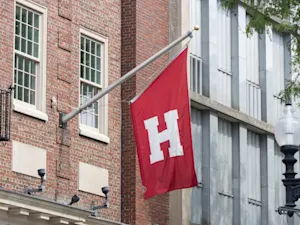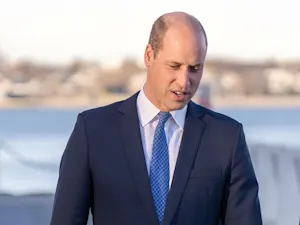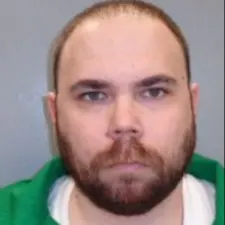
Behind the Waco Cult Siege
The tragic standoff between the federal government and the Branch Davidians in Waco, Texas, in 1993 remains etched in American history. While many know about the dramatic and fatal end, few are familiar with the deeper story of the Branch Davidians and their leader, David Koresh. Here are seven lesser-known facts about the Branch Davidian cult and the Waco siege.
1. The Branch Davidians Before Koresh
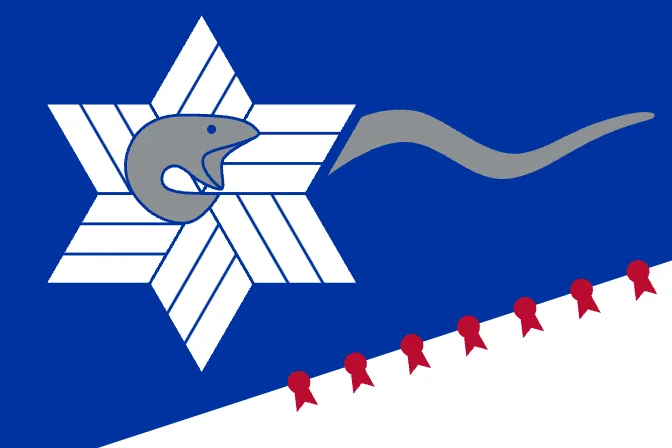
The Branch Davidians were an offshoot of the Davidians, a group founded in the 1930s by Bulgarian immigrant Victor Houteff. Houteff, a Seventh-day Adventist layman, believed that the Messiah prophesied in the Bible was not Jesus but was yet to come. The group lived a simple, self-sustaining life near Waco, Texas, preparing for what they believed was the imminent return of Jesus.
2. Not His Real Name
 Vernon Howell (later David Koresh) in a 1987 mug shot.
Vernon Howell (later David Koresh) in a 1987 mug shot.
Born Vernon Wayne Howell in 1959, Koresh joined the Branch Davidians at age 22. He became their leader after a violent power struggle, changing his name to David Koresh to signify his new identity. "David" referenced King David from the Bible, and "Koresh" was a transliteration of Cyrus, the Persian king who allowed the Jews to return to Israel.
3. Controversial Beliefs and Practices
Koresh claimed to be a messianic figure and believed in the Seven Seals from the Bible's Book of Revelation. He taught that he could unlock these seals and bring about the apocalypse. Under his leadership, the Branch Davidians prepared for the end times. Koresh also asserted his authority by taking several "spiritual" wives. In 1989, he declared himself the ideal mate for all female members and revealed his intention to create a new lineage of children who he believed would eventually rule the world.
4. The Cause of the Raid
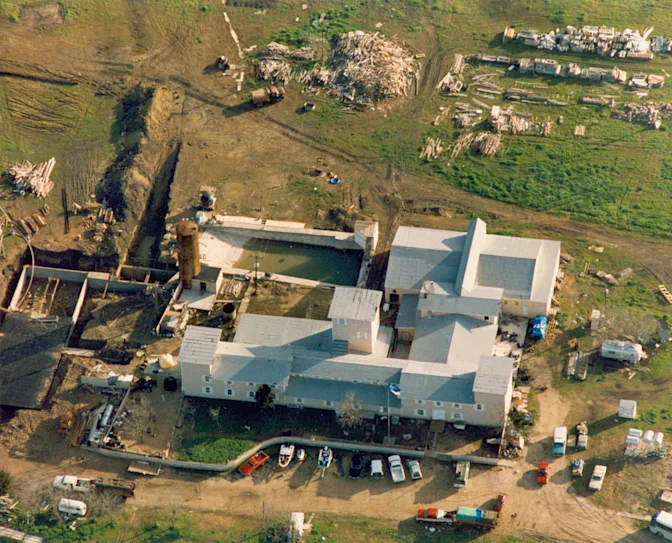 The Branch Davidian compound (Mount Carmel Center) photographed during the siege.
The Branch Davidian compound (Mount Carmel Center) photographed during the siege.
Several of Koresh's "spiritual" wives were teenagers, leading to accusations of child abuse by a former member. These allegations, coupled with Koresh's retail gun business, drew legal attention. Authorities, unfamiliar with the group's apocalyptic beliefs, feared a potential attack on neighbors or Waco. In early 1993, agents with the United States Bureau of Alcohol, Tobacco, Firearms and Explosives requested a search warrant for Mount Carmel and decided to make a surprise forced entry rather than serving the warrant.
5. False Promises
 FBI photo of the Mount Carmel Center engulfed in flames.
FBI photo of the Mount Carmel Center engulfed in flames.
Koresh assured investigators he wasn't planning a mass suicide, and many in the Federal Bureau of Investigation believed him. Negotiators continued discussions, offering him opportunities to broadcast his message. The FBI decided to use tear gas only after discovering that the Davidians had enough supplies to hold out for up to a year. Six hours after the tear gas operation began, fires broke out simultaneously at three locations in the compound. Audio suggested that the Davidians started the fires on orders from Koresh.
6. Koresh's Manuscript
During the standoff, Koresh promised to surrender after completing a manuscript on the Seven Seals. However, authorities raided the house before he finished. Ruth Riddle, a Branch Davidian, escaped with the first installment of the manuscript, in which Koresh claimed to be the Lamb of God. Despite authorities viewing him as unstable, two religious scholars found the manuscript to be a serious and well-organized exegesis.
7. The Branch Davidians Today
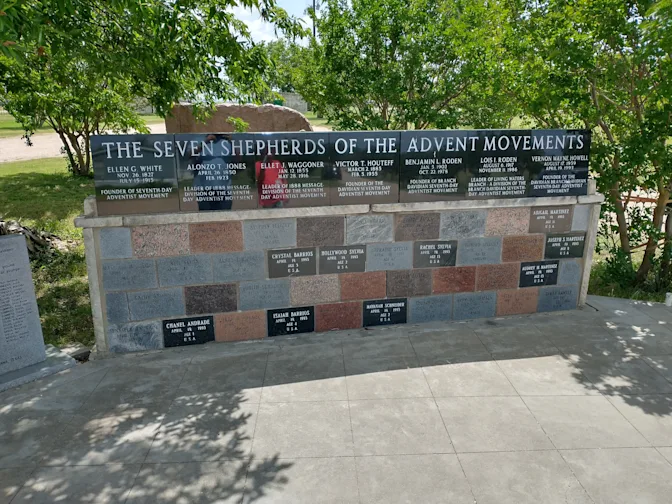 A memorial at the Mount Carmel site identifying leaders of the Adventist movement from Ellen G. White to Vernon Howell. Photo by Acdixon.
A memorial at the Mount Carmel site identifying leaders of the Adventist movement from Ellen G. White to Vernon Howell. Photo by Acdixon.
Koresh and about 75 of his followers died in the siege at Mount Carmel, but a few Branch Davidians still exist today, maintaining a low profile. Some survivors were tried in court, receiving lengthy sentences but were not convicted of murdering ATF agents. The remaining members reorganized, published Koresh's writings, and rebuilt the movement, which doubled in size by the late 1990s without a clear leader. Other Davidian groups, such as the Davidian Seventh-day Adventist Association and the General Association of Davidian Seventh-day Adventists, continue independently, with no ties to Koresh or his followers.
The Branch Davidians' story is complex, marked by deep-seated religious beliefs, controversial practices, and a tragic end. Understanding these lesser-known aspects sheds light on the intricate dynamics of the cult and the events leading up to the devastating Waco siege.
References: Branch Davidian | Waco: This Is What David Koresh and the Branch Davidians Believed In | 10 Things You May Not Know About Waco

